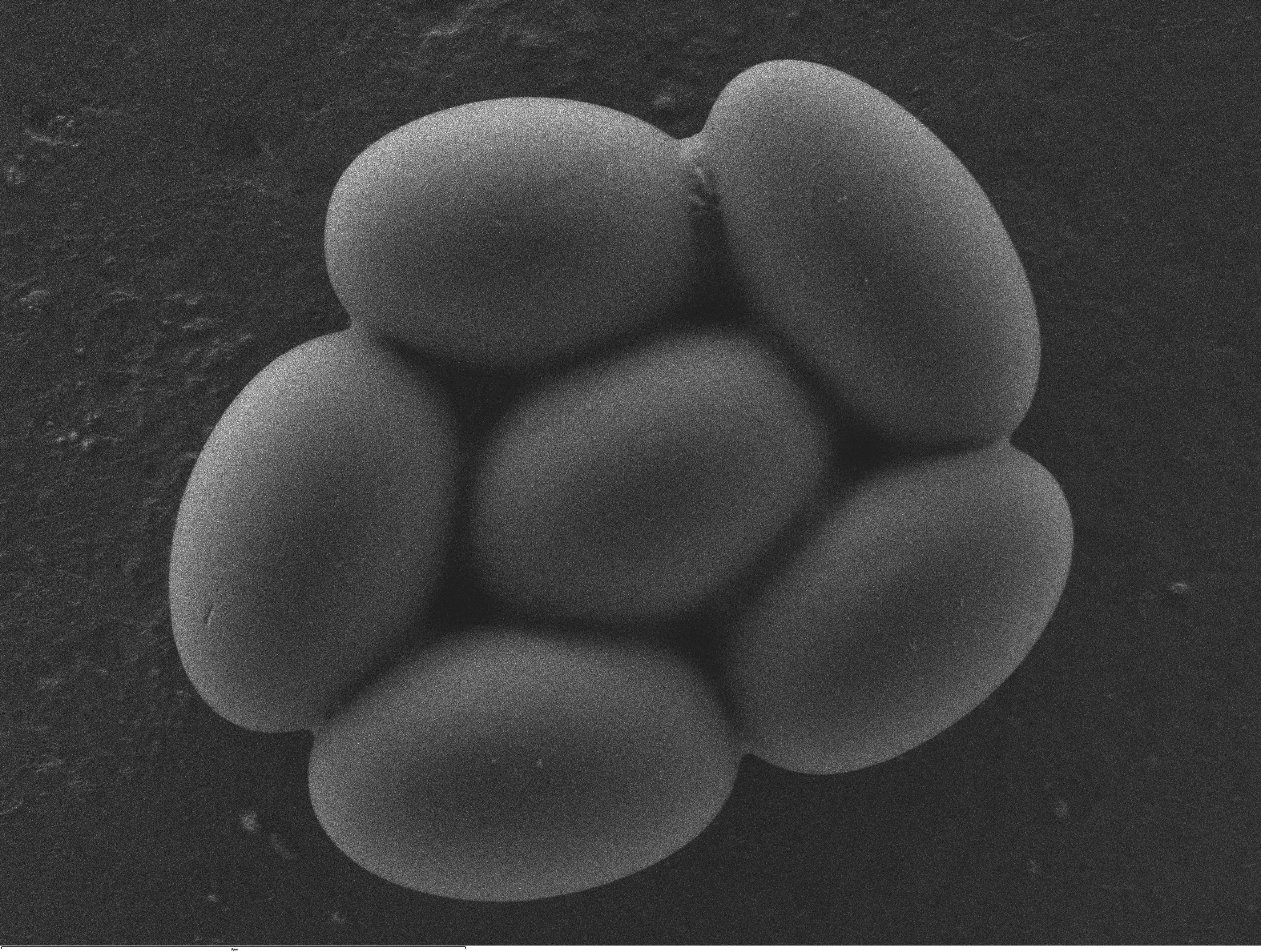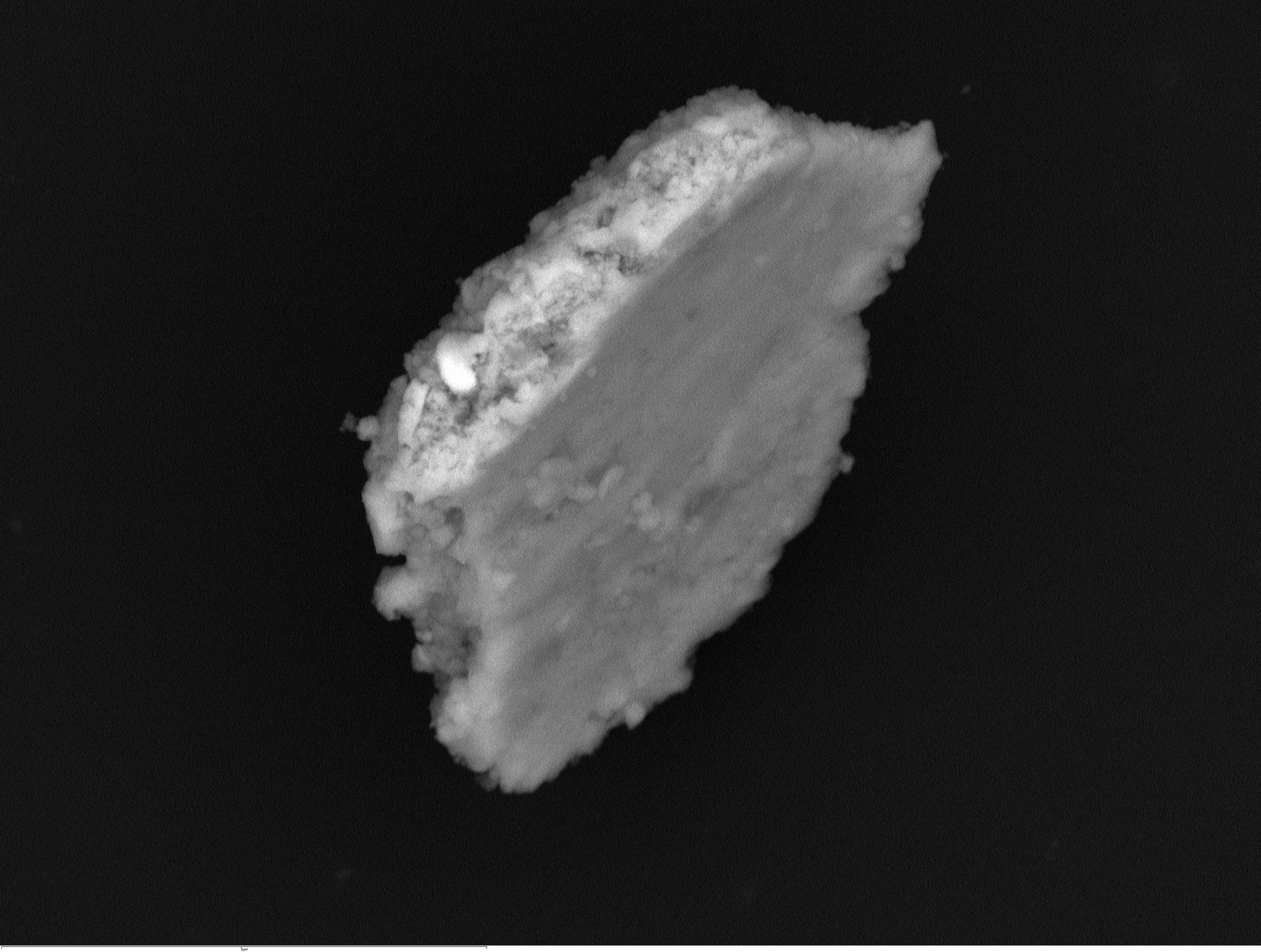Nous contribuons à la communauté scientifique internationale par le biais de publications évaluées par des pairs et de rapports accessibles au public, élaborés en collaboration avec des universités de renom, des instituts de recherche et des autorités environnementales.
Voici une sélection d'études scientifiques et de contributions d'experts impliquant notre équipe.
PUBLICATIONS ÉVALUÉES PAR DES PAIRS PAR ANNÉE
2025
📄 Comparison of PM source profiles identified by different techniques and the potential of utilizing single-particle analysis data in source apportionment
Authors: M. Manousakas, J. Rausch, D. Jaramillo-Vogel, K. S. Schneider-Beltran, A. Alastuey, J.-L. Jaffrezo, G. Uzu, S. Perseguers, N. Schnidrig, A. S. H. Prevot, K. R. Daellenbach
Journal: Atmospheric Environment: X, 27 (Aug 2025), 100363
Summary: The study compares PMF bulk source profiles with ASPA single-particle analysis of coarse PM in Switzerland. Both identified mineral dust, non-exhaust traffic, biological particles, and road salt. ASPA added finer chemical/morphological detail (e.g., O, Si) and, when used to constrain PMF, improved source separation—especially in smaller datasets.
🔗 Read article
2023
📄 Analytical challenges and possibilities for the quantification of tire-road wear particles
Authors: Collaboration with scientists from Norway, Germany, Sweden, and Australia
Journal: Trends in Analytical Chemistry, 2023
Summary: Review article on current techniques, analytical limitations, and opportunities for quantifying tire wear particles (TWP/TRWP) in environmental samples.
🔗 Read article
2022 I
📄 On airborne tire wear particles along roads with different traffic characteristics using passive sampling and optical microscopy, single particle SEM/EDX, and µ-ATR-FTIR analyses
Authors: In collaboration with scientists from the University of Mississippi
Journal: Frontiers in Environmental Science, 2022
Summary: Scientific article on the quantification of non-exhaust particles along roads with varying traffic characteristics using a combination of passive sampling and advanced analytical techniques.
🔗 Read article
📄 Concentrations of tire wear microplastics and other traffic-derived non-exhaust particles in the road environment
Authors: In collaboration with VTI (Swedish National Road and Transport Research Institute) and Chalmers University of Technology
Journal: Environment International, 2022
Summary: Characterization and quantification of non-exhaust particles in a Swedish road environment, with a focus on tire wear microplastics and traffic-related dust.
🔗 Read article
2022 II
📄 Differentiating and quantifying carbonaceous (tire, bitumen, and road marking wear) and non-carbonaceous (metals, minerals, and glass beads) non-exhaust particles in road dust samples from a traffic environment
Authors: Järlskog, I., Jaramillo-Vogel, D., Rausch, J., Perseguers, S., Gustafsson, M., Strömvall, A.-M., Andersson-Sköld, Y.
Journal: Water, Air, & Soil Pollution, 2022
Summary: Scientific article on the chemical and morphological differentiation of traffic-related non-exhaust particles, including tire wear, bitumen, and mineral-based constituents, using road dust sampling.
🔗 Read article
2021
📄 Automated identification and quantification of tire wear particles (TWP) in airborne dust: SEM/EDX single particle analysis coupled to a machine learning classifier
Authors: Internal team-led study
Journal: Science of The Total Environment, 2021
Summary: First presentation of the automated SEM/EDX methodology for identifying and quantifying tire wear and other primary non-exhaust particles in airborne dust samples using single-particle analysis and machine learning classification.
🔗 Read article
2020
📄 Decrypting silicic magma/plug fragmentation at Azufral crater lake, Northern Andes: insights from fine to extremely fine ash morpho-chemistry
Authors: In collaboration with scientists from Universidad de los Andes (Colombia)
Journal: Bulletin of Volcanology, 2020
Summary: Scientific article on the morpho-chemical characterization of volcanic ash particles using automated SEM/EDX single particle analysis. The study provides new insights into magma fragmentation processes based on ultra-fine ash morphology and composition.
🔗 Read article
2018
📄 A model based two-stage classifier for airborne particles analyzed with Computer Controlled Scanning Electron Microscopy
Authors: Meier MF, Mildenberger T, Locher R, Rausch J, Zünd T, Neururer C, Ruckstuhl A, Grobéty B
Journal: Journal of Aerosol Science, 2018
Summary: Development of a two-stage chemical-based classifier for airborne particles using CCSEM, enhancing the robustness and accuracy of automated environmental particle classification.
🔗 Read article
2015
📄 Eifel maars: Quantitative shape characterization of juvenile ash particles (Eifel Volcanic Field, Germany)
Authors: Rausch J, Grobéty B, Vonlanthen P
Journal: Journal of Volcanology and Geothermal Research, 2015
Summary: Study applying quantitative image analysis techniques to characterize the shape and morphology of volcanic ash particles from Eifel maars.
🔗 Read article
📄 High-resolution 3D analyses of the shape and internal constituents of small volcanic ash particles: the contribution of SEM micro-computed tomography (SEM micro-CT)
Authors: Vonlanthen P, Rausch J, Ketcham RA, Putlitz B, Baumgartner LP, Grobéty B
Journal: Journal of Volcanology and Geothermal Research, 2015
Summary: Application of SEM micro-CT to analyze the internal structure and shape of volcanic ash particles in high-resolution 3D.
🔗 Read article

RAPPORTS PUBLICS
📄 Caractérisation des fractions de poussières atmosphériques en Suisse (PM10–2.5, PM2.5–1 et >PM10)
Commanditaire : Office fédéral de l’environnement (OFEV)
Publié : 2020
Résumé : Rapport public sur la caractérisation morpho-chimique des particules atmosphériques grossières et fines en Suisse. L’étude comprend des informations sur l’attribution des sources et un aperçu détaillé des différentes fractions de PM. Un résumé en anglais est disponible aux pages 24–31.
🔗 Télécharger le rapport (PDF)

